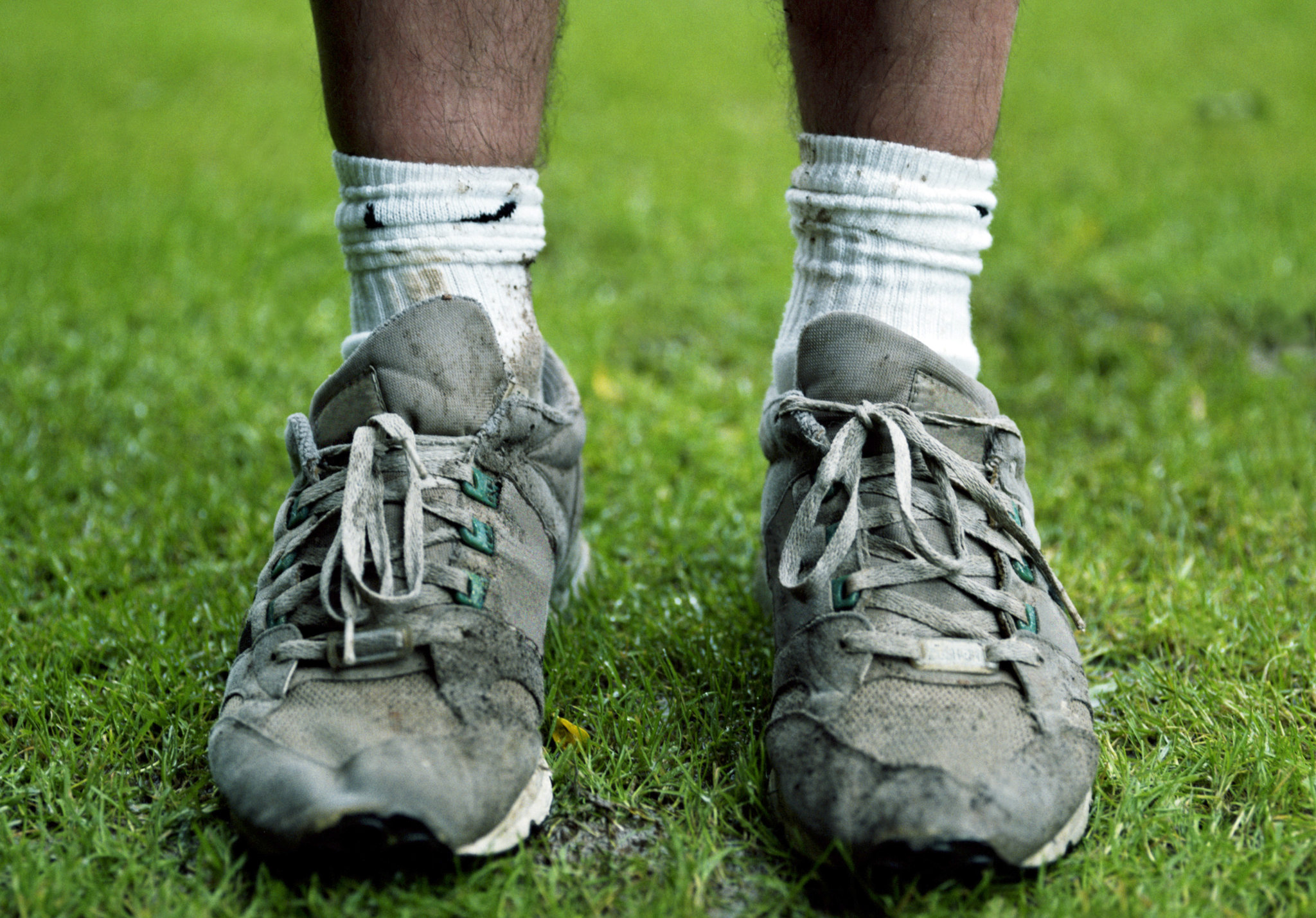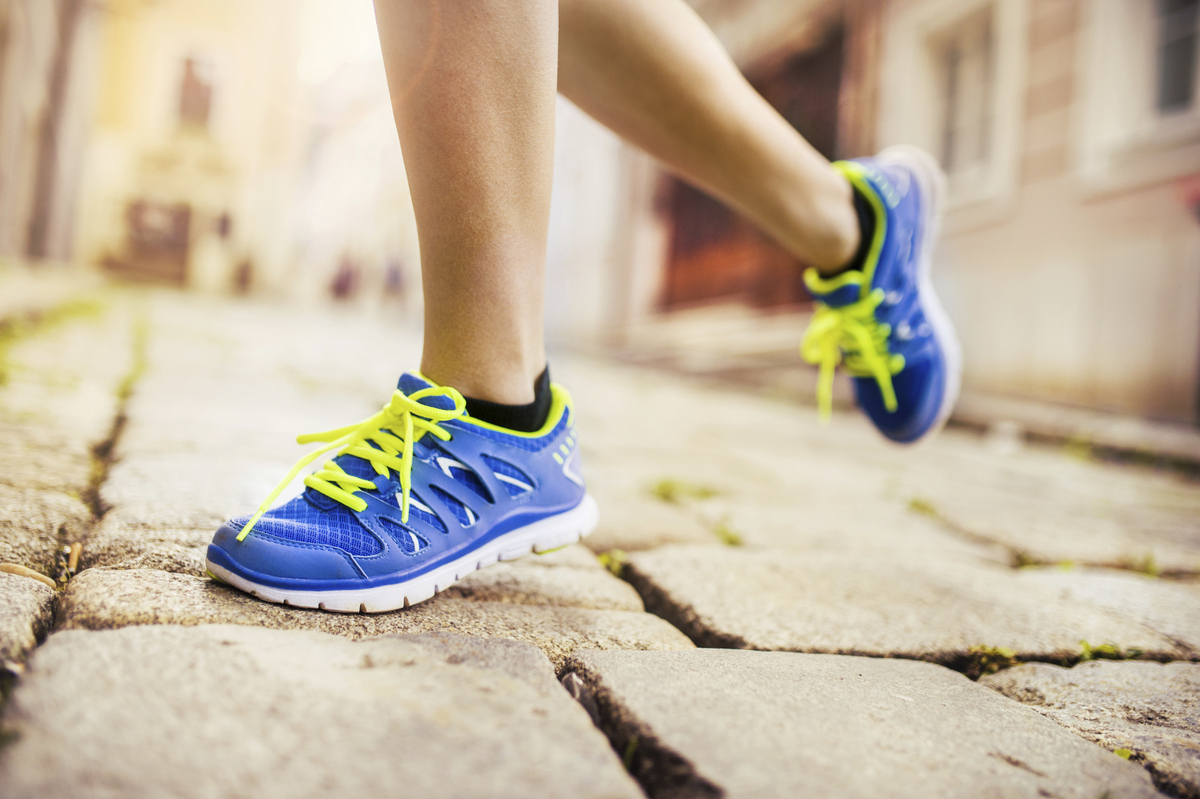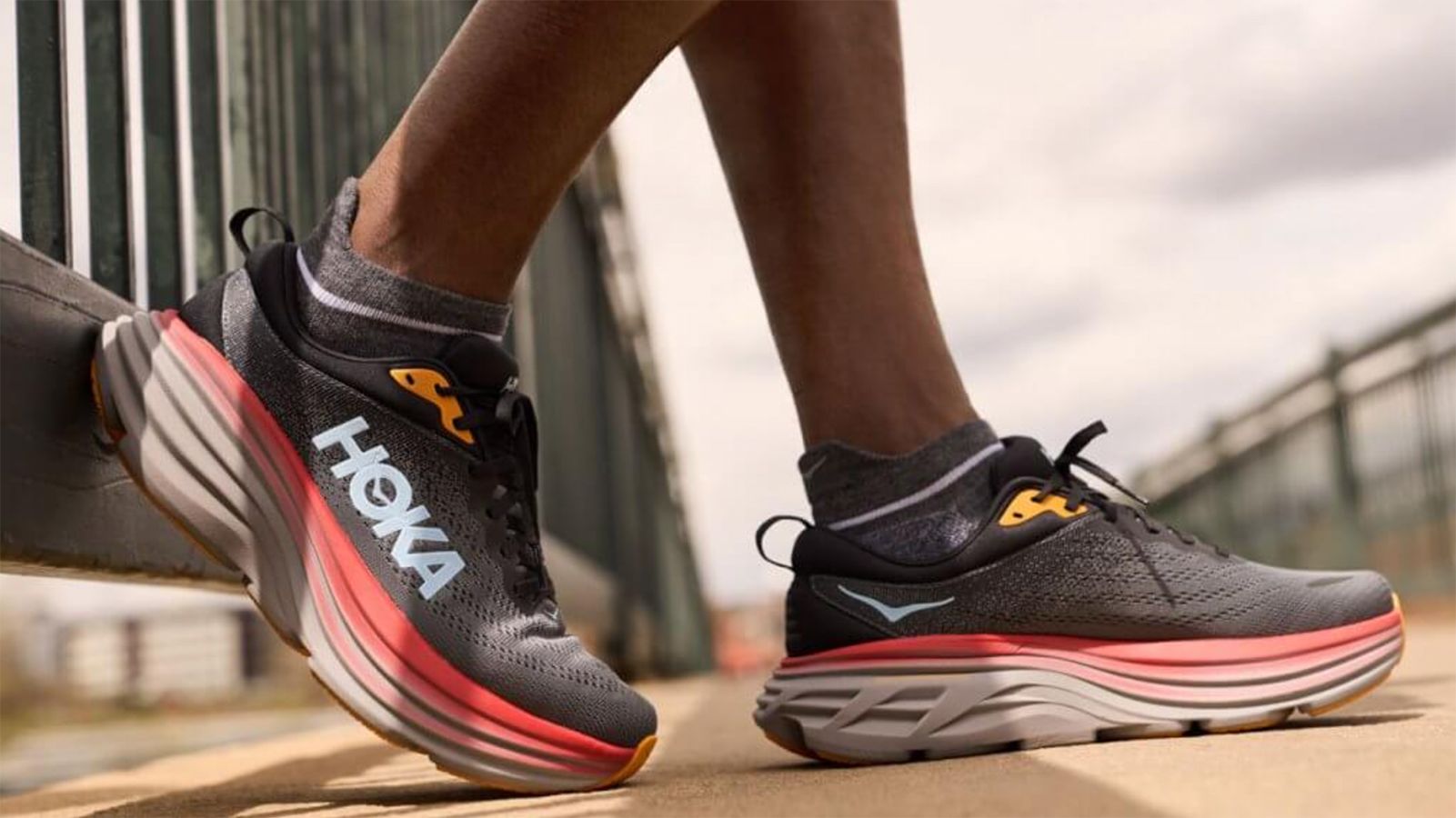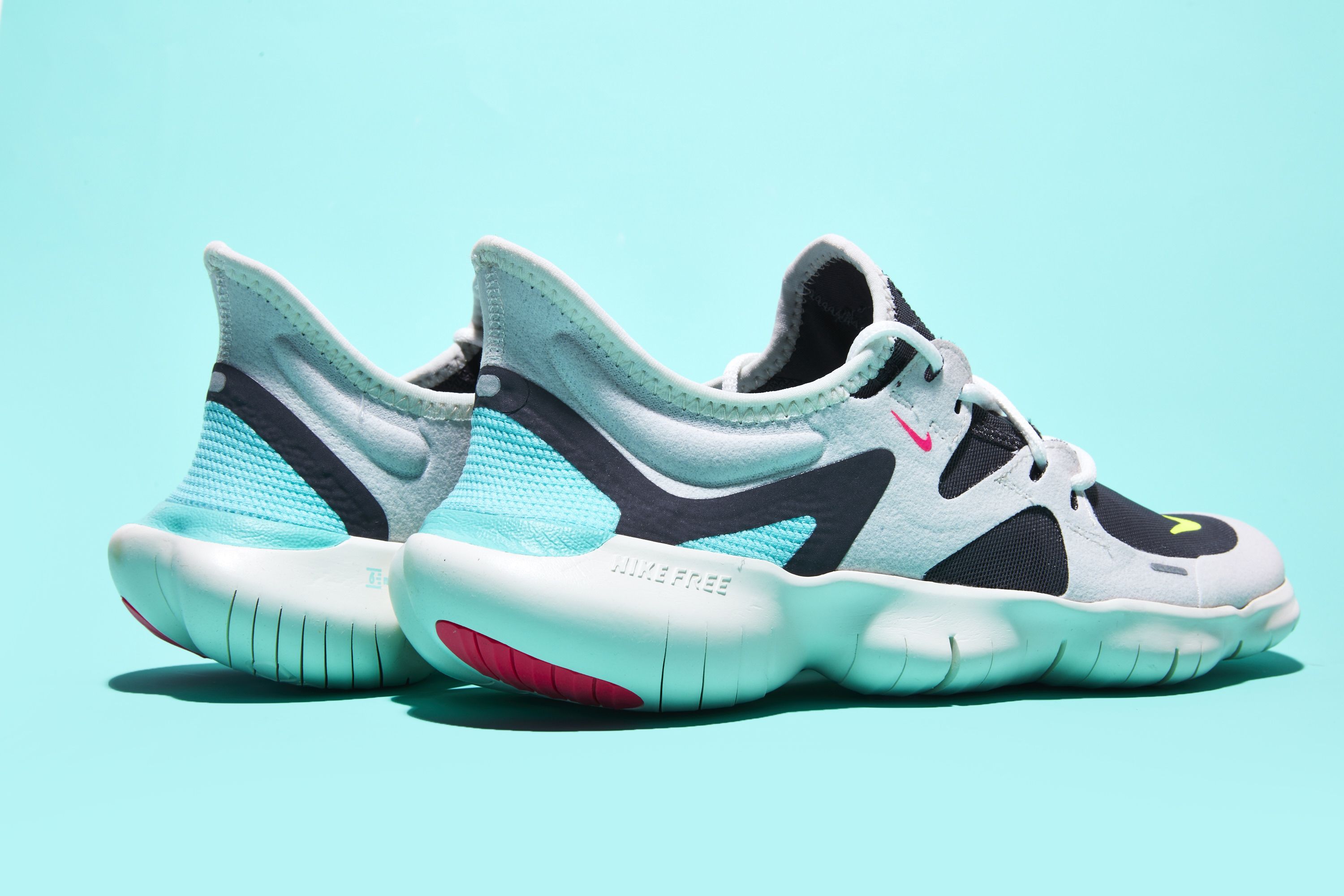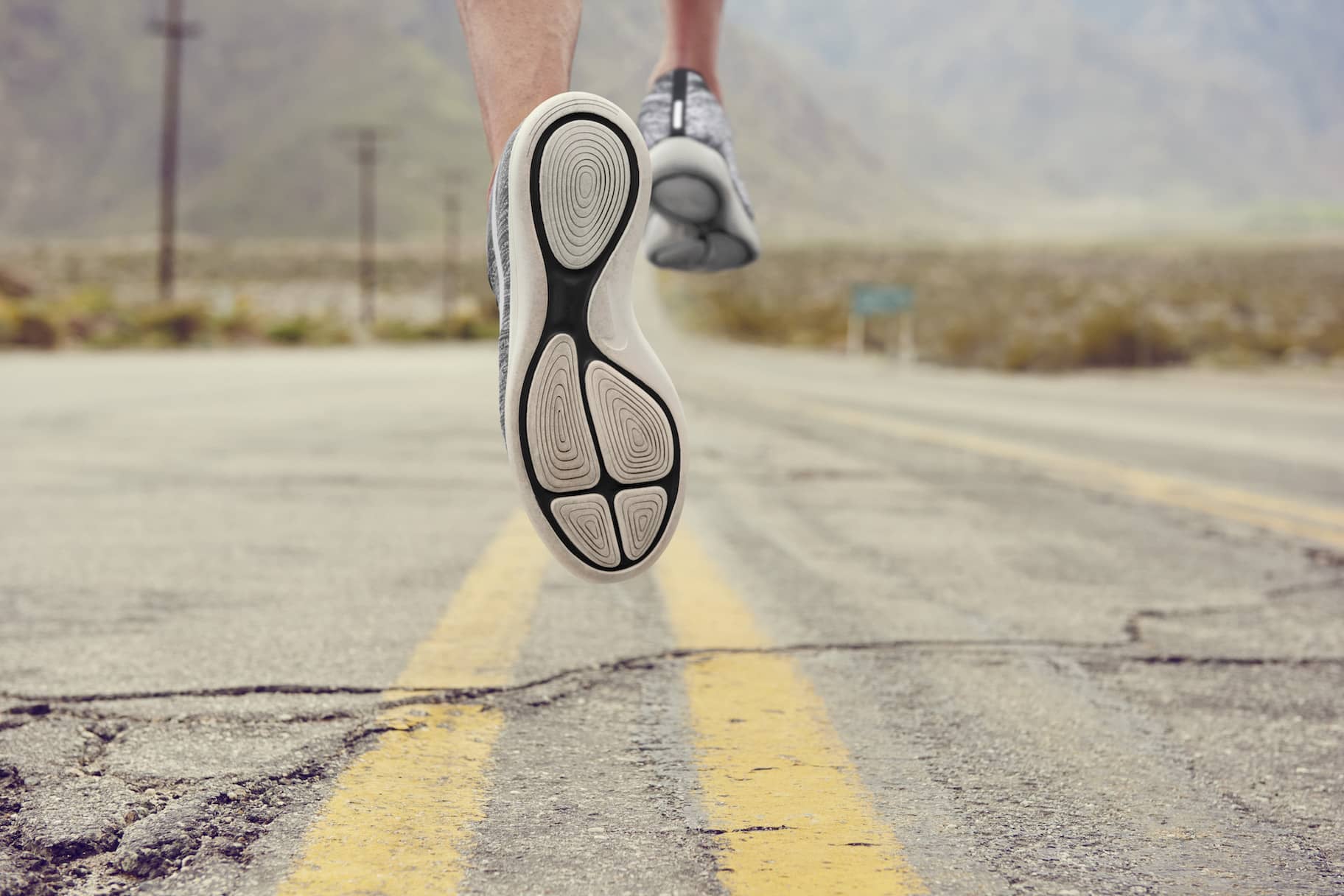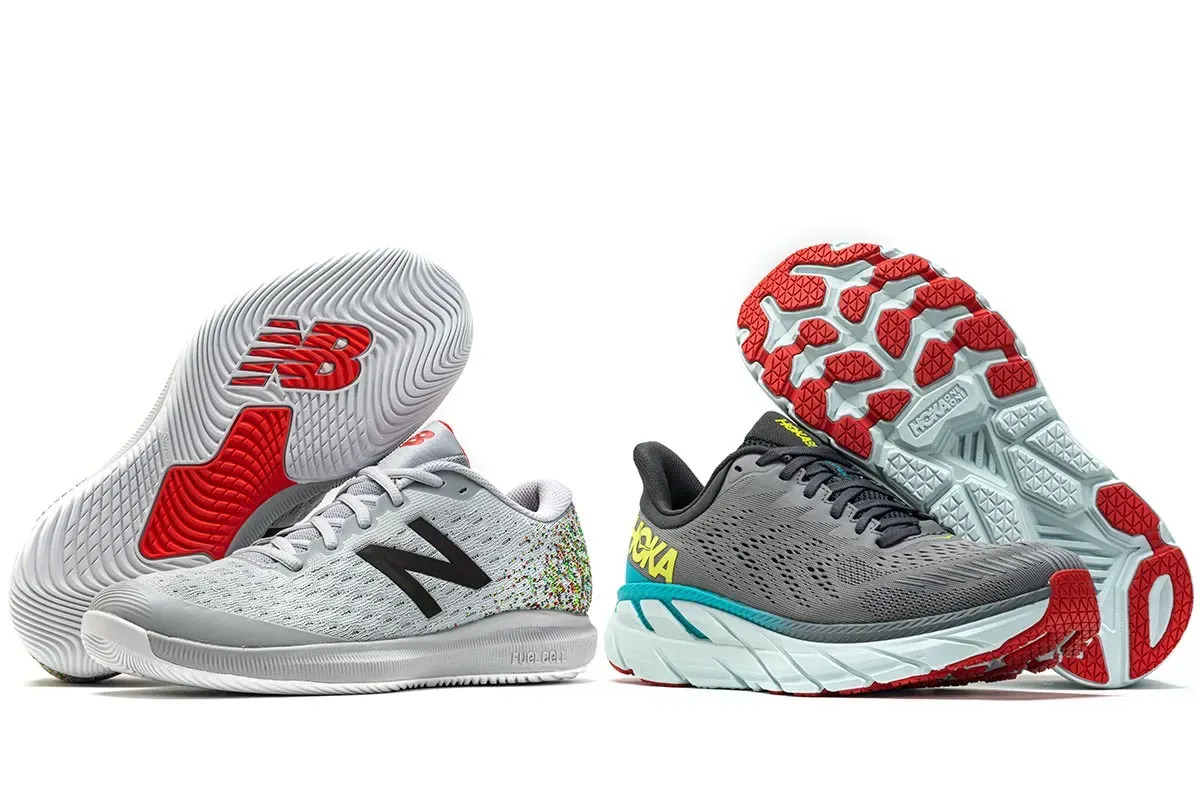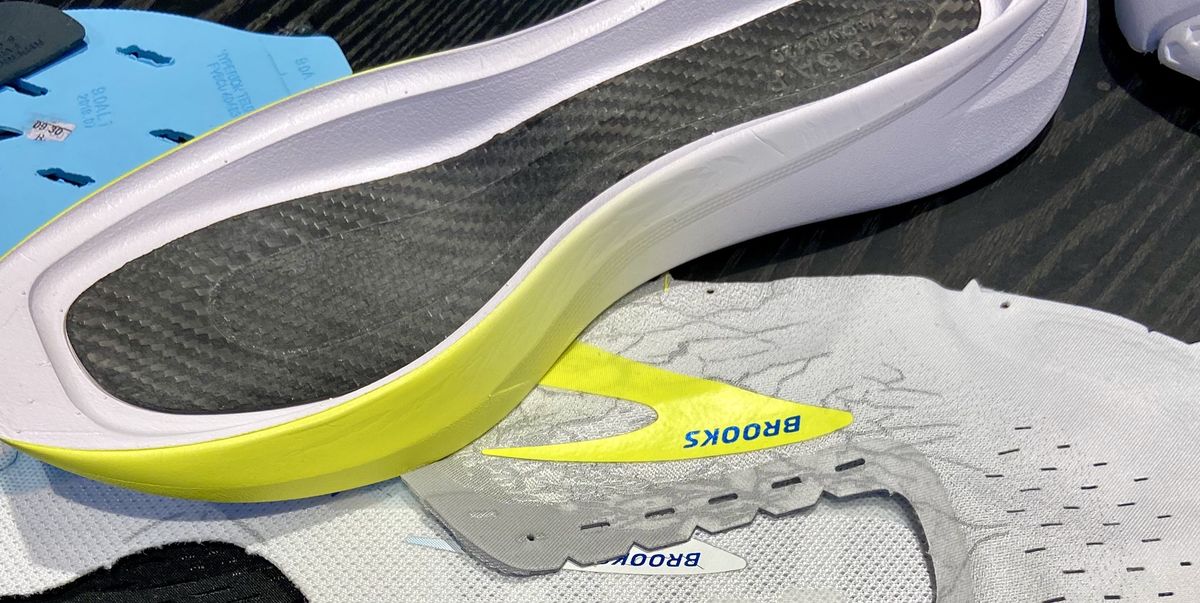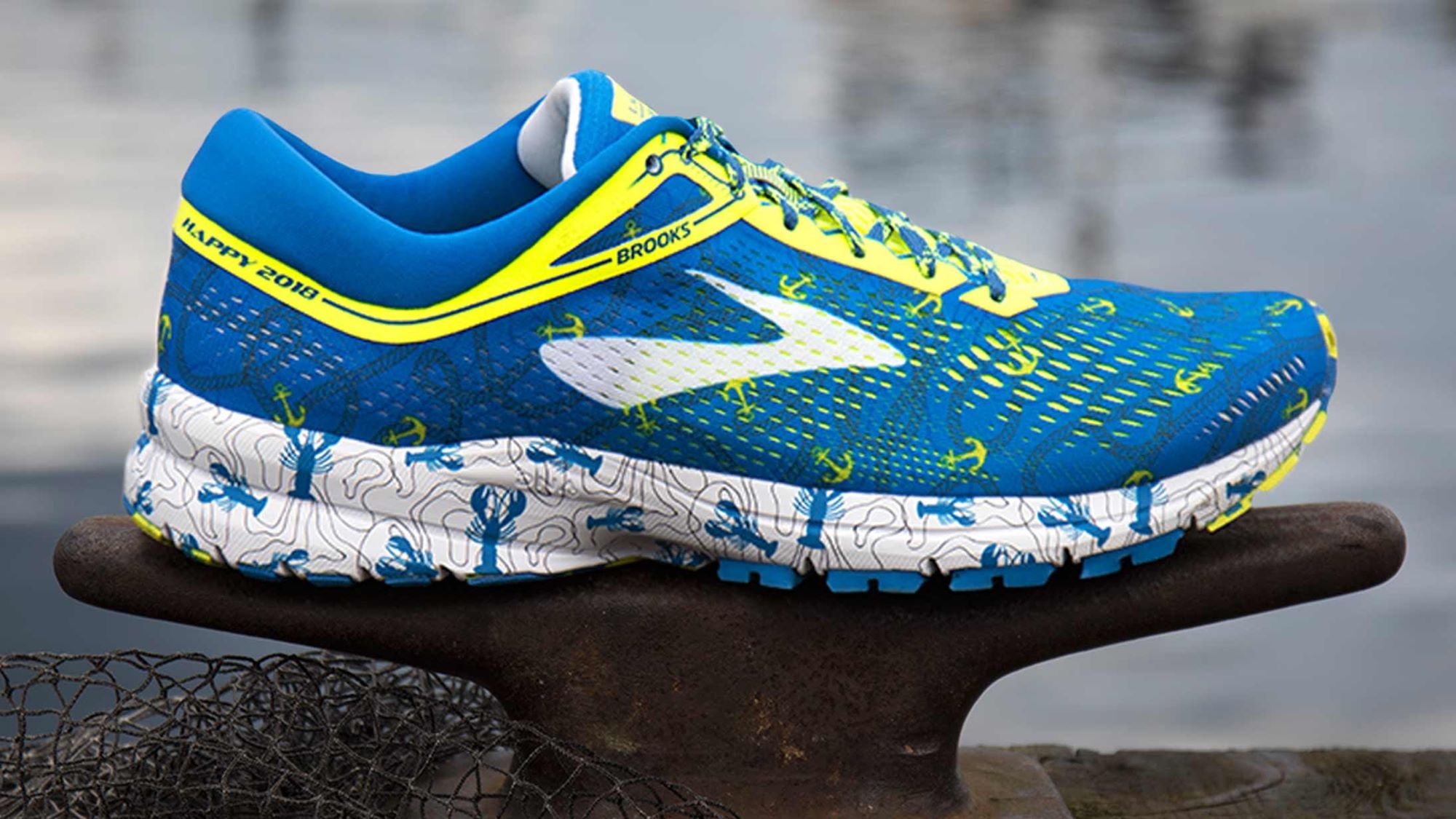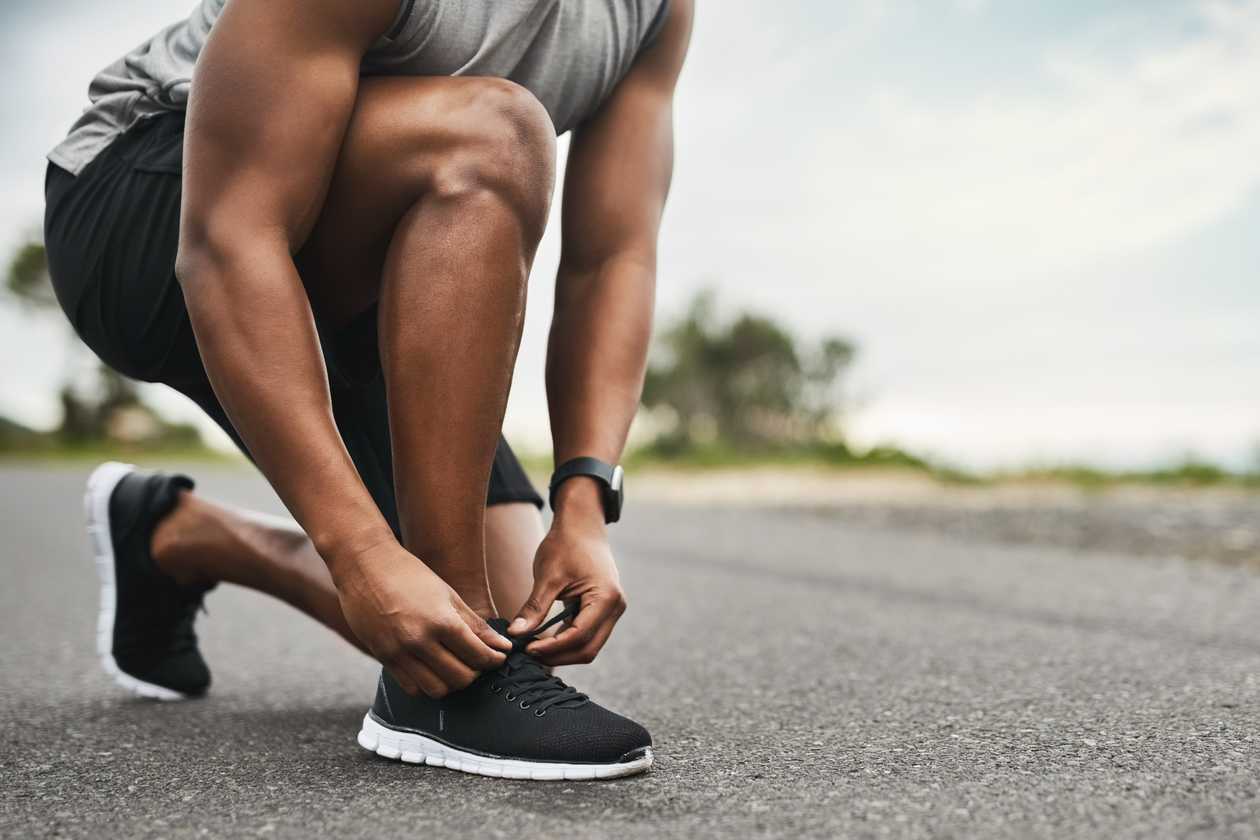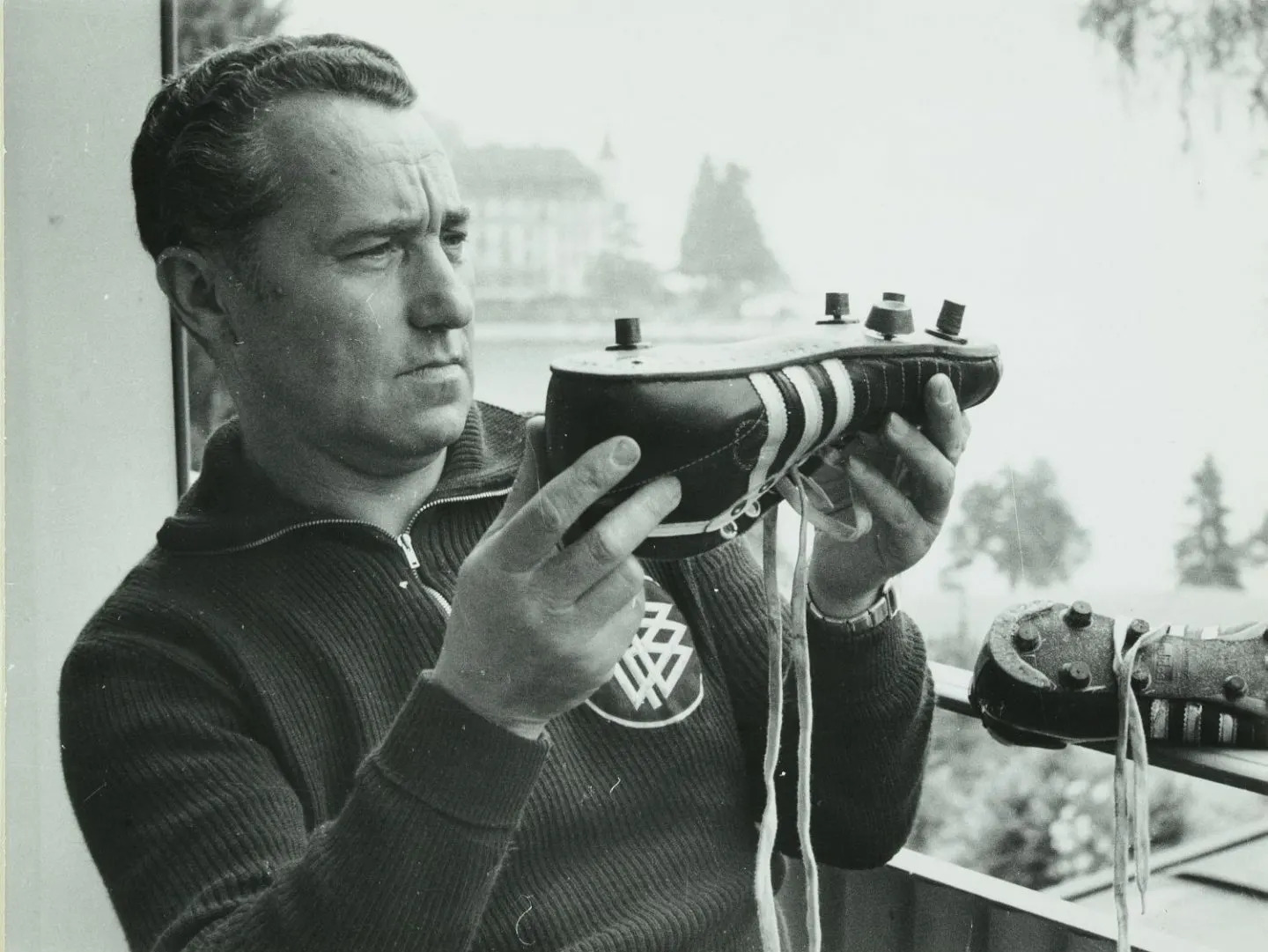

Featured
Who Invented Running Shoes
Published: August 29, 2023
Learn about the origins of running shoes and the individuals who pioneered this footwear revolution. Discover the featured innovators in the history of running shoes.
Introduction
Running shoes – a staple in the wardrobe of athletes, fitness enthusiasts, and casual runners alike. We often take them for granted, slipping them on without much thought. But have you ever wondered who invented running shoes and how they have evolved over time?
Footwear has been around for centuries, with evidence of early civilizations crafting shoes made from animal hides and natural materials to protect their feet from the elements. However, the concept of running shoes as we know them today took shape much later in history.
The evolution of running shoes is a testament to human ingenuity and the ever-changing needs of athletes. From simple leather shoes to highly technical and performance-driven footwear, running shoes have come a long way in helping athletes push their limits and achieve new heights in their sports.
In this article, we will explore the fascinating journey of running shoes, tracking their evolution from humble beginnings to the high-tech wonders we have today. We will delve into the notable inventions and innovations that revolutionized the industry, as well as the impact running shoes have had on athletic performance.
So, let’s lace up our shoes and take a run through the history of running footwear!
Early Footwear
Long before the invention of specialized running shoes, early humans had to rely on basic footwear to protect their feet while traversing various terrains. The earliest forms of footwear were simple, often made from natural materials such as animal hides, woven grass, or tree bark.
Around 8000-7000 BCE, humans began making shoes from animal hides, which provided more insulation and durability compared to other materials. These early shoes were crudely constructed, with minimal cushioning or arch support.
As civilization progressed, so did the technology used in footwear. In ancient Egypt, for instance, the wealthy wore sandals made from palm leaves or papyrus reeds, while the lower class wore shoes crafted from woven plant fibers.
The ancient Greeks and Romans also played a significant role in the development of footwear. They introduced the concept of shoe sizes and created more structure in their footwear by including laces or straps to secure the shoes to the feet.
However, it wasn’t until the Middle Ages that running as a sport gained popularity, and the need for specialized running shoes began to emerge. Early runners would use basic leather shoes with thin soles, providing minimal cushioning and support. These shoes were not designed specifically for running but rather served as a multi-purpose option for everyday activities.
Fast forward to the 19th century, and we see the emergence of rubber-soled shoes. This breakthrough in footwear technology provided better traction and shock absorption, making these shoes more comfortable for running. Around the same time, the concept of mass production revolutionized the shoe industry, making shoes more accessible to the general population.
While early footwear laid the foundation for future advancements, it was only the beginning of the journey towards creating specialized running shoes. The next section will explore the exciting evolution of running shoes. So, let’s dive in!
Evolution of Running Shoes
The evolution of running shoes can be categorized into distinct eras, each marked by notable advancements in design, materials, and technology. Let’s take a closer look at the key milestones that shaped the modern-day running shoe.
1. The Spiked Era: In the early 20th century, long-distance runners started experimenting with spiked shoes to improve traction on various surfaces. These early running shoes had metal spikes embedded in the soles, providing better grip and reducing slippage.
2. The Waffle Sole Era: In the 1970s, legendary track coach Bill Bowerman revolutionized the running shoe industry with the invention of the waffle sole. Inspired by his wife’s waffle iron, Bowerman created a shoe outsole with a pattern that enhanced traction and increased shock absorption. This innovation led to the founding of Nike and catapulted them into the forefront of the athletic shoe market.
3. The Air Cushioning Era: In the 1980s, Nike introduced Air technology, a cushioning system that utilized air pockets in the midsole to provide enhanced impact absorption and overall comfort. This groundbreaking invention transformed the running shoe industry and sparked a wave of innovation from other shoe manufacturers.
4. The Minimalist Era: In the early 2000s, a new trend emerged, focusing on minimalist running shoes. Inspired by the barefoot running movement, these shoes had minimal cushioning and provided a more natural running experience. The idea was to promote a forefoot or midfoot strike instead of a heel strike. While controversial, the minimalist running shoe craze paved the way for new design concepts and encouraged research into biomechanics.
5. The Technological Advancement Era: In recent years, advancements in materials and technology have led to a new wave of high-performance running shoes. Brands are now incorporating cutting-edge features, such as carbon fiber plates for propulsion, lightweight and breathable materials, responsive foam midsoles, and data-driven designs to maximize energy return and optimize running efficiency.
The evolution of running shoes continues to push the boundaries of what is possible. Today’s running shoes are not only designed for comfort and performance but also cater to specific running styles, foot types, and terrains. As technology advances and our understanding of biomechanics deepens, we can expect even more innovative running shoe designs in the future.
Now that we have explored the evolution of running shoes, let’s delve into the notable inventions and innovations that have shaped this fascinating industry.
Notable Inventions and Innovations
Throughout the history of running shoes, there have been several notable inventions and innovations that have revolutionized the industry. Here are some key milestones that have had a significant impact:
1. The Nike Air: In 1979, Nike introduced the Nike Air Tailwind, the first running shoe to incorporate Air cushioning technology. This innovation, pioneered by aerospace engineer Frank Rudy, featured air-filled pockets in the sole that provided enhanced shock absorption and cushioning. The Nike Air technology set a new standard for comfort in running shoes and paved the way for future cushioning advancements.
2. Adidas Boost: In 2013, Adidas introduced the Boost technology, a cushioning system that utilized thermoplastic polyurethane (TPU) pellets to provide superior energy return and responsiveness. The Boost midsole revolutionized the running shoe market, offering a balance of cushioning and energy return that appealed to both professional athletes and casual runners alike.
3. Carbon Fiber Plates: In recent years, carbon fiber plates have gained popularity in high-performance running shoes. These plates, embedded in the midsole, are designed to provide stiffness and a propulsive effect, enhancing running efficiency. Nike’s Vaporfly and Alphafly series, with their carbon fiber plates, have become synonymous with record-breaking performances in marathon races.
4. Flyknit and Engineered Mesh: Nike’s Flyknit and Adidas’s Engineered Mesh technologies have transformed the upper construction of running shoes. These lightweight, seamless, and breathable materials offer a customized fit and improved airflow, ensuring maximum comfort and reducing the risk of blistering or hotspots during long runs.
5. Smart Running Shoes: With the rise of wearable technology, smart running shoes have entered the market. These shoes are embedded with sensors and devices that track various metrics, such as distance, pace, and cadence, providing real-time feedback to runners. Smart running shoes offer a new level of data-driven training and performance optimization.
These notable inventions and innovations represent just a fraction of the advancements that have shaped the running shoe industry. Each one has contributed to improving comfort, performance, and overall running experience. As technology continues to advance, we can expect even more exciting breakthroughs in the future.
Now, let’s explore the impact that running shoes have had on athletic performance.
Impact on Athletic Performance
Running shoes have undoubtedly had a significant impact on the athletic performance of runners across various disciplines. Here are some ways in which running shoes have influenced performance:
1. Cushioning and Shock Absorption: The development of advanced cushioning systems in running shoes has greatly improved shock absorption during impact. This helps reduce the strain on joints, muscles, and bones, allowing athletes to train and compete at higher intensities and for longer durations without sustaining as many injuries.
2. Stability and Support: Running shoes are designed to provide stability and support, especially in the arch and heel areas. This helps correct overpronation or supination (excessive inward or outward rolling of the foot) and maintain proper alignment during each stride. With improved stability, runners can maintain efficient running mechanics, thereby reducing the risk of injuries and enhancing performance.
3. Traction and Grip: The incorporation of specialized outsole materials and designs in running shoes offers superior traction and grip on various surfaces. This allows athletes to confidently tackle different terrains, including wet or slippery surfaces, without compromising their stride or speed.
4. Energy Return: With the advent of technologies like carbon fiber plates and responsive foams, running shoes now offer enhanced energy return. These advancements help store and release energy with every step, resulting in a more efficient running gait and increased speed. This has been particularly evident in long-distance races, where athletes wearing shoes with carbon fiber plates have achieved remarkable records.
5. Customizable Fit: Running shoe manufacturers now provide a wide range of sizes, widths, and styles to accommodate various foot shapes and running preferences. A proper fitting shoe minimizes discomfort, reduces the risk of blisters and abrasions, and allows runners to focus on their performance without distractions.
6. Psychological Boost: The psychological impact of wearing high-quality running shoes should not be overlooked. Donning a pair of well-designed and aesthetically pleasing shoes can instill a sense of confidence and motivation in athletes. This mental boost can positively influence their overall performance and mindset during races and training sessions.
The continuous advancements in running shoe technology have undoubtedly contributed to improved athletic performance. However, it is important to note that while running shoes provide numerous benefits, a holistic approach to training, biomechanical analysis, and proper training protocols are equally vital in optimizing athletic performance and injury prevention.
Now that we have explored the impact of running shoes on performance, it’s time to wrap up our journey through the world of running shoes.
Conclusion
The invention and evolution of running shoes have forever changed the world of athletics. From simple leather shoes to high-tech marvels, running shoes have come a long way in providing comfort, support, and performance-enhancing features for runners of all levels.
We have traced the early beginnings of footwear, the emergence of specialized running shoes, and the notable inventions and innovations that have shaped the industry. The advent of technologies like cushioning systems, carbon fiber plates, and smart features has revolutionized the running shoe market, enabling athletes to push their limits and achieve new heights in their performances.
Running shoes have had a profound impact on athletic performance, offering benefits such as improved cushioning and shock absorption, enhanced stability and support, superior traction and grip, increased energy return, and customizable fit. These features not only optimize performance but also contribute to injury prevention, allowing runners to train and compete with confidence.
As technology continues to advance, we can expect further innovations in the design and functionality of running shoes. Manufacturers will strive to create even lighter, more responsive, and biomechanically optimized shoes to give athletes an edge in their training and races.
However, it is important to remember that while running shoes play a crucial role in performance, they are just one piece of the puzzle. Proper training, technique, and overall physical fitness are equally important factors in achieving optimal results.
So, next time you slip on your running shoes, take a moment to appreciate the long journey they have taken – from the humble beginnings of early footwear to the cutting-edge technology of today. Embrace the comfort, support, and performance-enhancing features they provide as you embark on your own running journey.
Now, let’s hit the pavement and continue exploring the boundless possibilities that await us on the road ahead.
